Learning how to sample a song can be one of the most beneficial choices you make as a music producer.
It not only opens up a vast new world of sonic possibilities but also has the potential to set your tracks apart in a major way.
When applied effectively, sampling can give your music a unique edge, infuse it with historical context, and provide a solid foundation on which you can build your tracks.
In this comprehensive guide, we will explore everything you need to know about the art of music sampling.
You’ll learn about:
- Understanding what sampling is & its historical context ✓
- The importance of sampling in music production ✓
- The legalities & ethics involved in sampling ✓
- Equipment needed to start your sampling journey ✓
- Techniques for finding and using samples ✓
- Step-by-step guide on how to sample a song ✓
- Troubleshooting common sampling problems ✓
- Advanced/expert methods of sampling (bonus) ✓
Whether you’re a hip-hop producer seeking to create beats with a vintage feel, or an electronic musician looking to manipulate epic sounds, this guide will have something for you.
By the end of this article, you’ll have all the knowledge and techniques you need to start sampling songs like a true professional.
So, let’s dive in…
Table of Contents
- Understanding Sampling
- The Importance of Sampling in Music Production
- Legalities & Ethics in Sampling
- Starting Your Sampling Journey
- The Art of Finding Samples
- Techniques in Sampling Music
- How to Sample a Song: A Step-by-Step Guide
- Troubleshooting Common Sampling Problems
- BONUS: Advanced Methods of Sampling Music
- How to Sample a Song: Final Thoughts
Understanding Sampling
Let’s start off by breaking down the basics, like what sampling actually is, a brief history of the art of sampling, and some key influences.
-
What is Sampling?
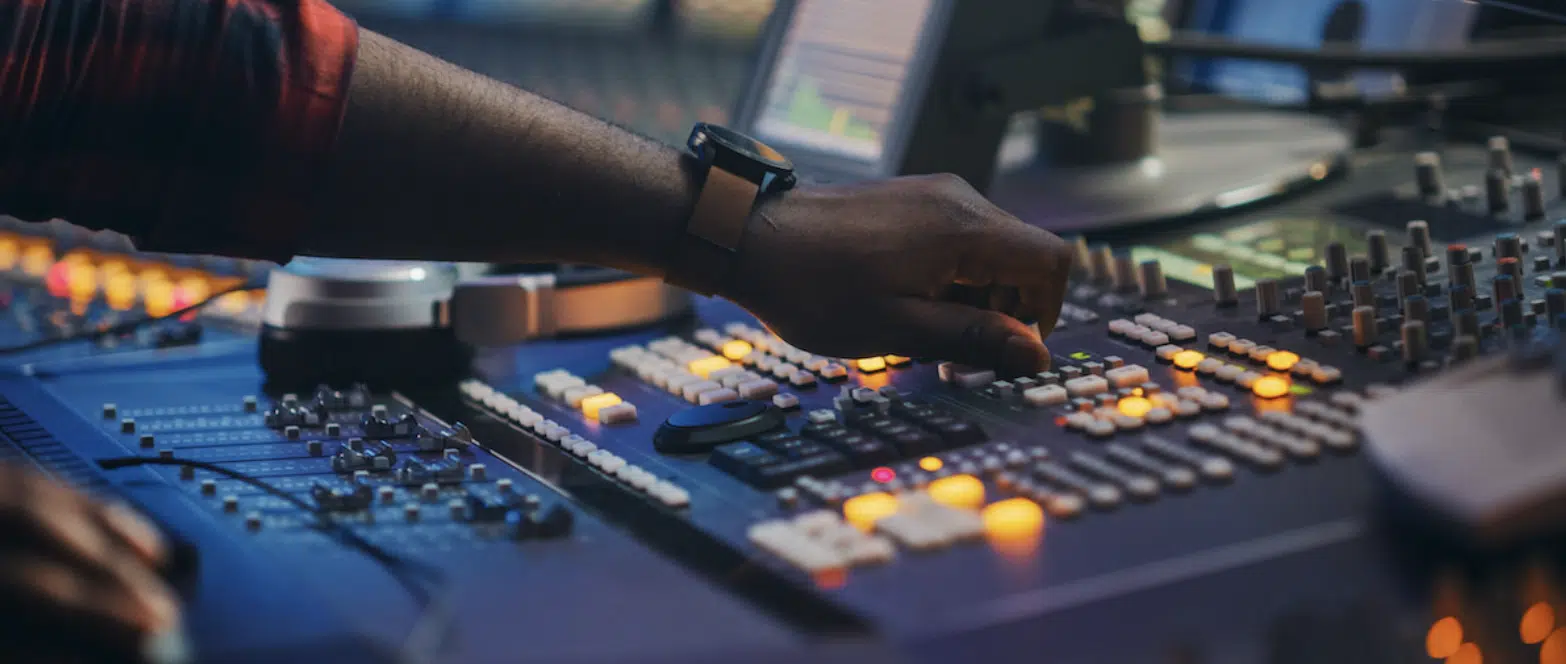
Sampling, at its core, is the process of taking a segment, or “sample”, of one sound recording and reusing it as an instrument or a new recording in a different song or piece.
As a digital music producer, you would find samples and modify them using a variety of techniques to create a new song.
Samples can come from virtually anywhere 一 an existing song, royalty-free sounds, drum kits, sample packs, or even YouTube videos.
For many producers, it’s like having a massive library of sounds to create something unique and fresh.
But sampling is not just about copying and pasting… it’s an art form.
It involves:
- Choosing the right sample
- Knowing where to find samples
- Figuring out how to tweak them
- Understanding the legal aspects of sampling music
Sampling has transformed how music is made, especially in genres like hip-hop and electronic music.
Let’s dive deeper into the history of music sampling to understand how it has shaped the music we listen to today.
-
Music Sampling: A Brief History
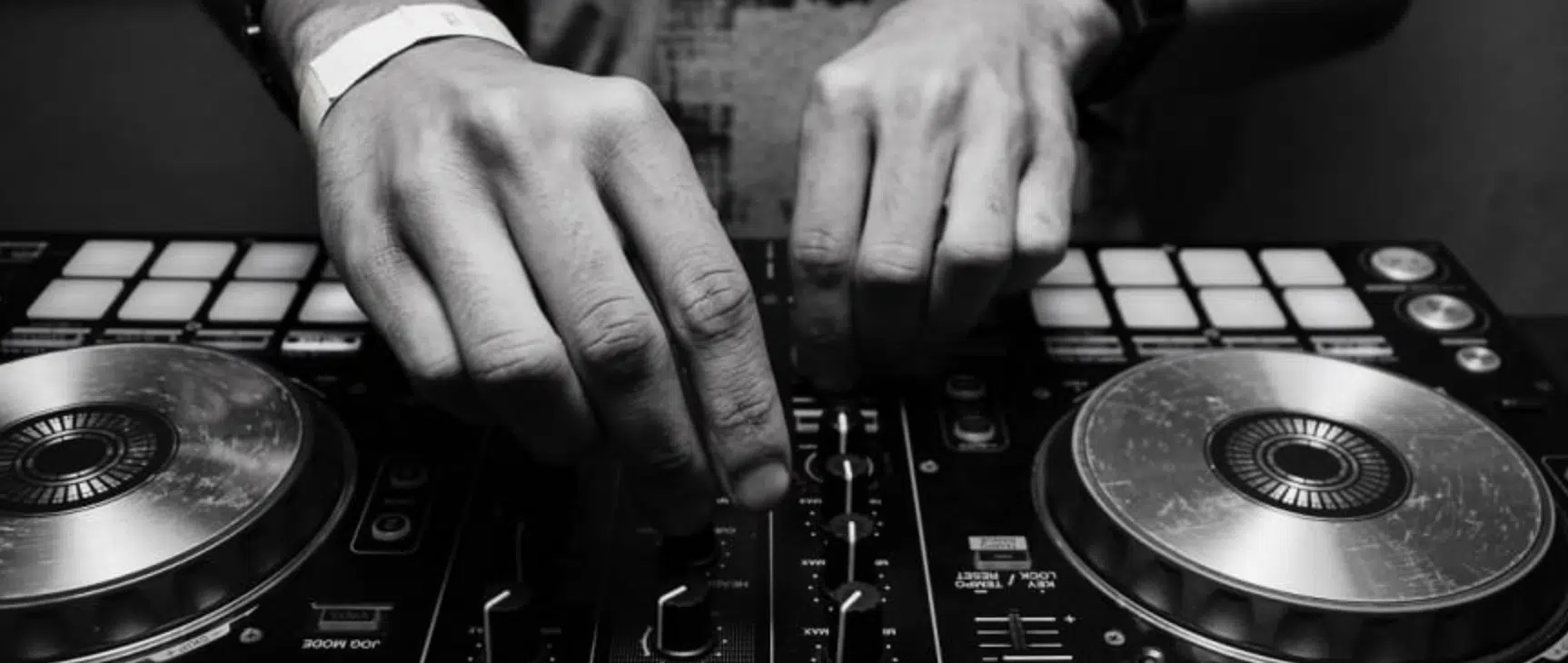
The art of music sampling began in the mid-20th century when musicians started experimenting with tape loops and manipulating audio recordings.
The advent of digital samplers and drum machines in the 1980s revolutionized music production.
Hip hop artists were the first to embrace this new technology on a large scale.
They began sampling drum breaks from soul and funk records 一 creating entirely new compositions.
Icons like DJ Shadow took sampling to new heights when they crafted complex sonic landscapes from sampled audio.
But it wasn’t just hip-hop… Genres such as house music and pop also began to incorporate sampled sounds.
Artists sampled everything from piano sounds to drum hits, creating new musical textures.
Sampling soon became an essential tool in the music industry.
Today, with advanced sampling software and a world of sounds at our fingertips, sampling has become even more widespread.
However, the influence of those early pioneers can still be felt in the sampled tracks we hear today.
-
Key Influences in the World of Sampling Music
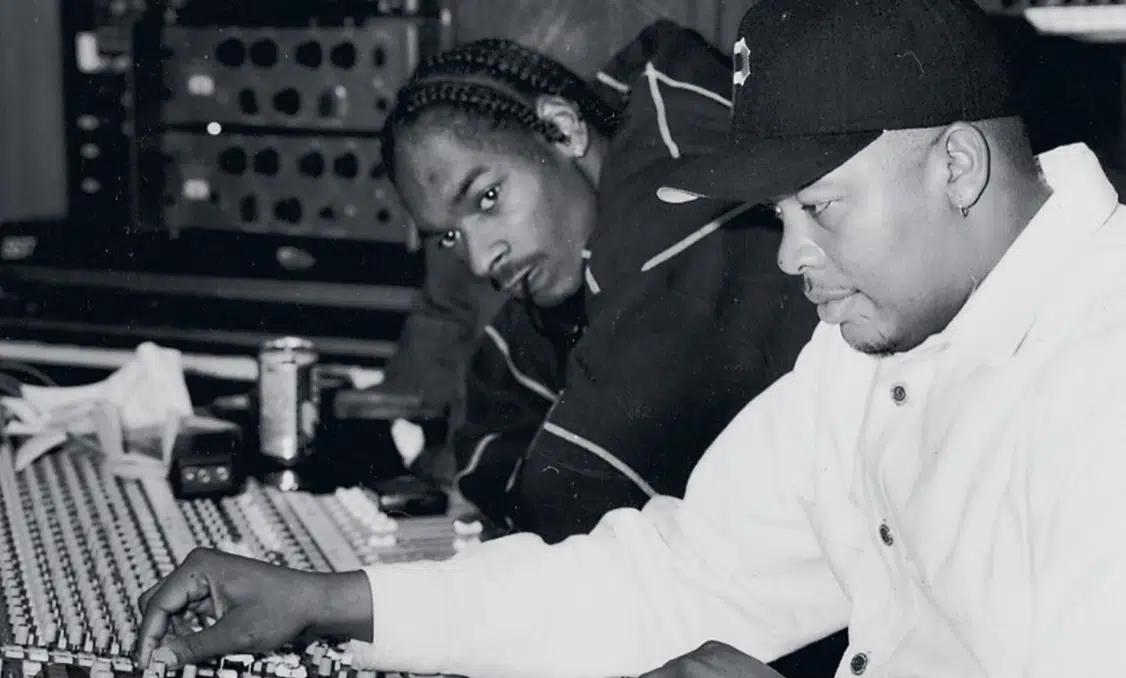
Sampling has been influenced by various artists and genres over the decades.
As mentioned before, hip hop was one of the first genres to adopt music sampling.
Professional producers like Dr. Dre and J Dilla used it to create hit songs, setting the standard for other music producers in the industry.
DJ Shadow’s album “Endtroducing…..” is often cited as a landmark in the world of music sampling.
Using an MPC60 digital sampler, he created a masterpiece composed almost entirely of samples, not just one single sample.
His work demonstrated how to sample a song, transforming it into something new and different.
The influence of sampling also spread to electronic music.
Daft Punk, for example, used samples from a variety of sources, including disco, funk, and even random noise, to create their signature sound.
These influences and others have shaped the world of sampling music.
As a digital music producer, knowing these influences can provide you with a solid foundation for your own sampling journey.
And help you manipulate samples like a pro, of course.
The Importance of Sampling in Music Production
In certain situations, sampling music can make or break your track.
It can add that extra layer of intrigue and allure that your listeners will surely remember.
-
Role of Sampling in Hip Hop
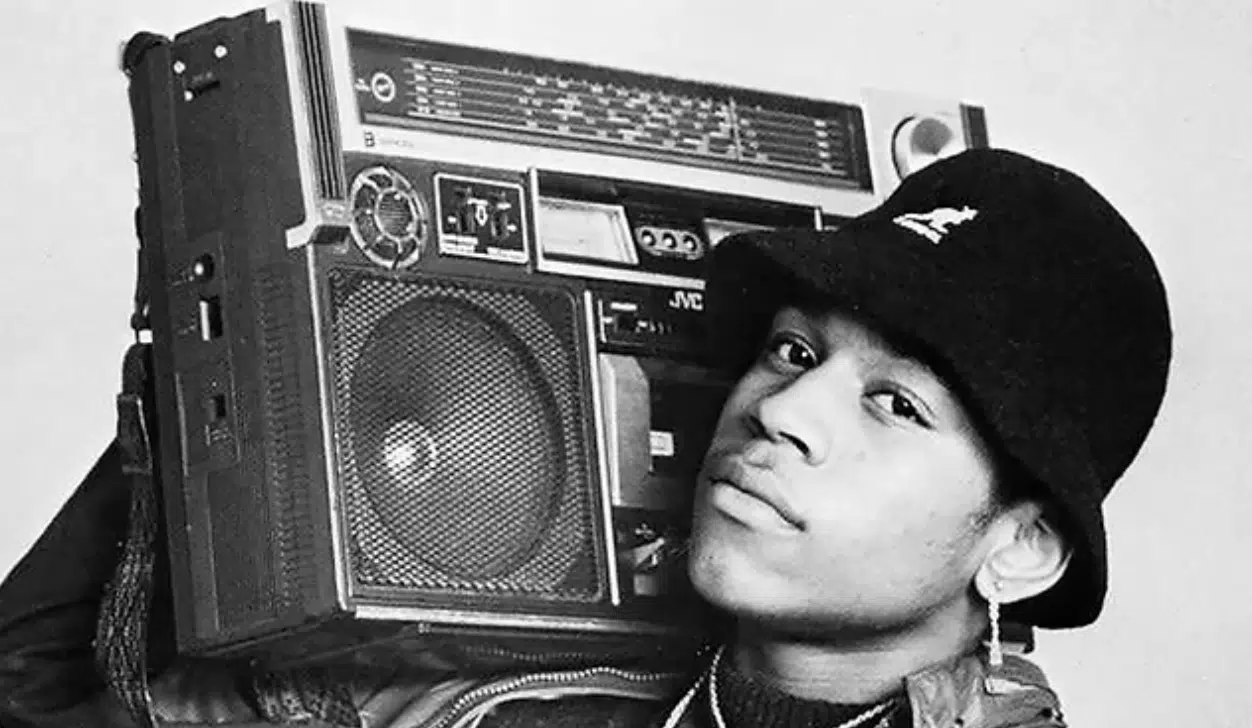
If there’s one genre that truly embodies the essence of sampling, it’s hip-hop.
Since its inception, hip-hop has heavily relied on sampling music.
Why is that, you ask?…
Well, sampling has allowed hip-hop artists to take snippets of their favourite songs and transform them into backing tracks for their new song.
For example, think about Kanye West’s use of the song “Through the Fire” by Chaka Khan in his audio track “Through the Wire”.
The song, which was his first single, samples Khan’s voice pitched higher 一 creating a unique sound that helped establish Kanye’s presence in the music industry.
As a hip-hop producer, sampling allows you to take advantage of the rich sonic textures found in the genre’s vast catalog of music.
With the right sample, you can create a new track that pays homage to the past while sounding fresh and innovative.
-
How Sampling Can Make Your Music Stand Out
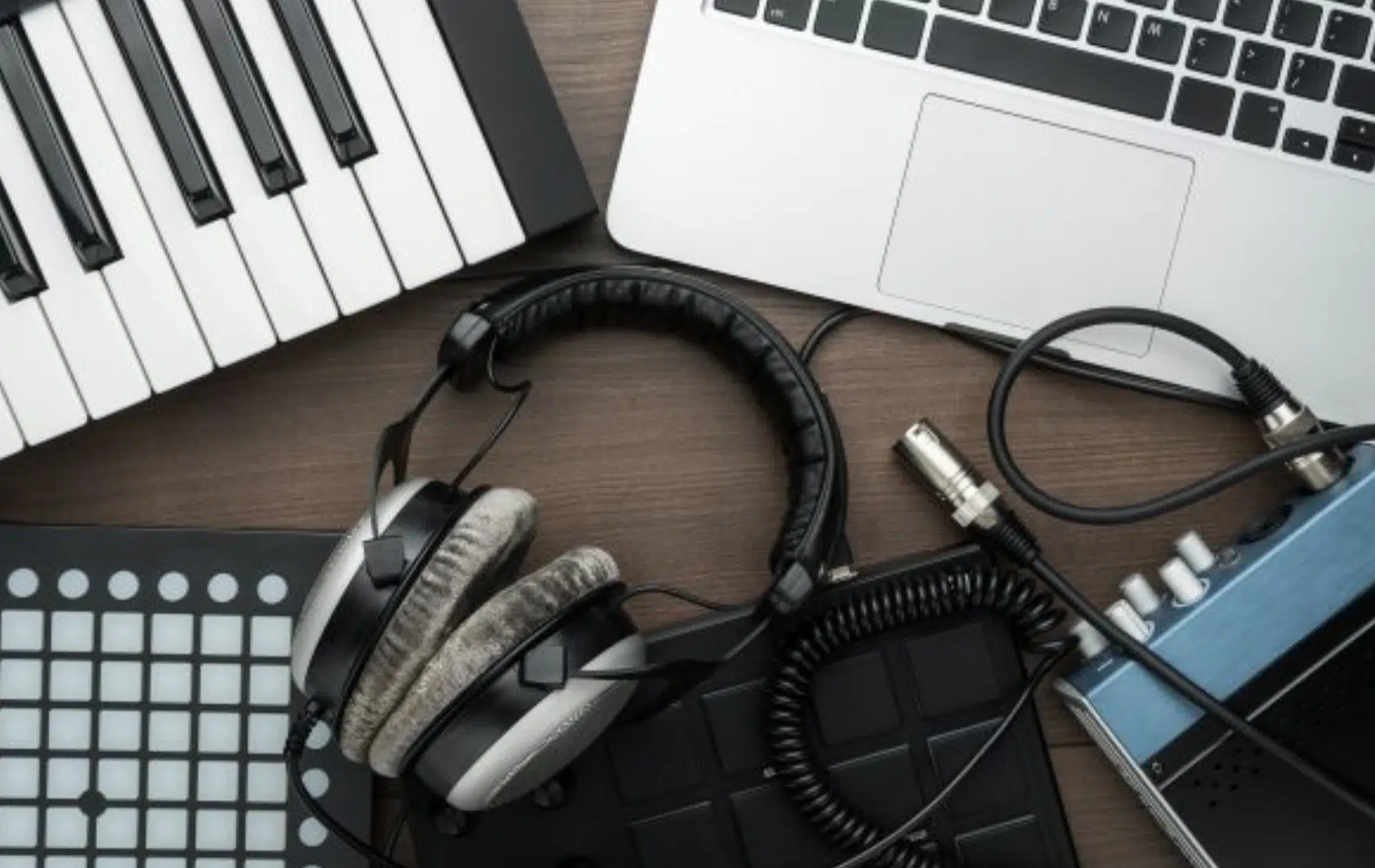
Sampling can play a significant role in defining your sound as a music producer.
It’s an art form that allows you to take something familiar and create something entirely new and distinctive.
Using a sample can:
- Add a layer of nostalgia to your tracks 一 Particularly if you’re using well-known songs.
- Add an unexpected twist 一 Especially if you’re sampling sounds that aren’t typically used in music.
In both cases, the use of samples can make your tracks more engaging, intriguing, and memorable.
Additionally, manipulating samples can help you express your creativity as a producer.
The process of finding samples, experimenting with them, and shaping them into something unique can be a fulfilling experience.
It’s this creative exploration that makes sampling such a crucial tool for music production.
In the crowded music scene, it’s more important than ever to stand out.
And with its ability to add depth, nostalgia, and a unique flavor to your music, sampling can be just the tool you need to make your mark.
Legalities & Ethics in Sampling
Navigating the legalities and ethics in sampling is crucial for any music producer.
Understanding this aspect not only protects you from potential lawsuits but also fosters respect for the artists whose work you’re sampling.
Let’s dive into the specifics of these legal and ethical considerations.
-
Copyright Infringement & Sample Clearance
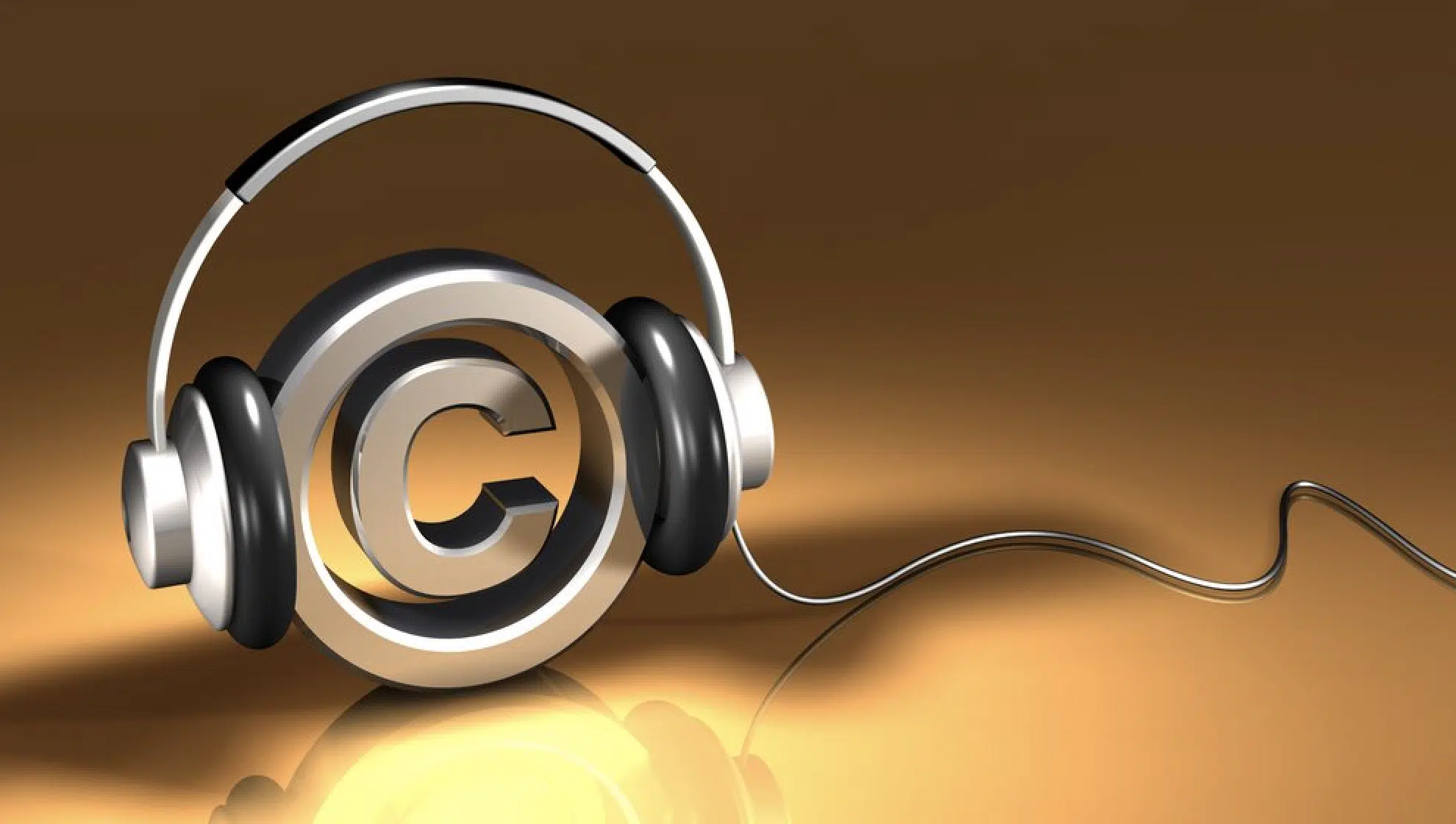
Sampling music isn’t always a free-for-all.
Copyright laws can make it complex, especially when you’re using samples from existing songs.
Without proper sample clearance, you might find yourself facing outrageous copyright infringement claims.
Getting sample clearance involves obtaining permission from the original copyright holders.
This usually means reaching out to both the record label that owns the sound recording rights and the songwriter or publisher that owns the composition rights.
This process can be tedious and expensive, but it’s a necessary step if you’re planning to commercially release your sampled track.
NOTE: Yes, even if you’re sampling just a few seconds of a song, you still need to clear it.
-
Is Sampling Music Stealing?
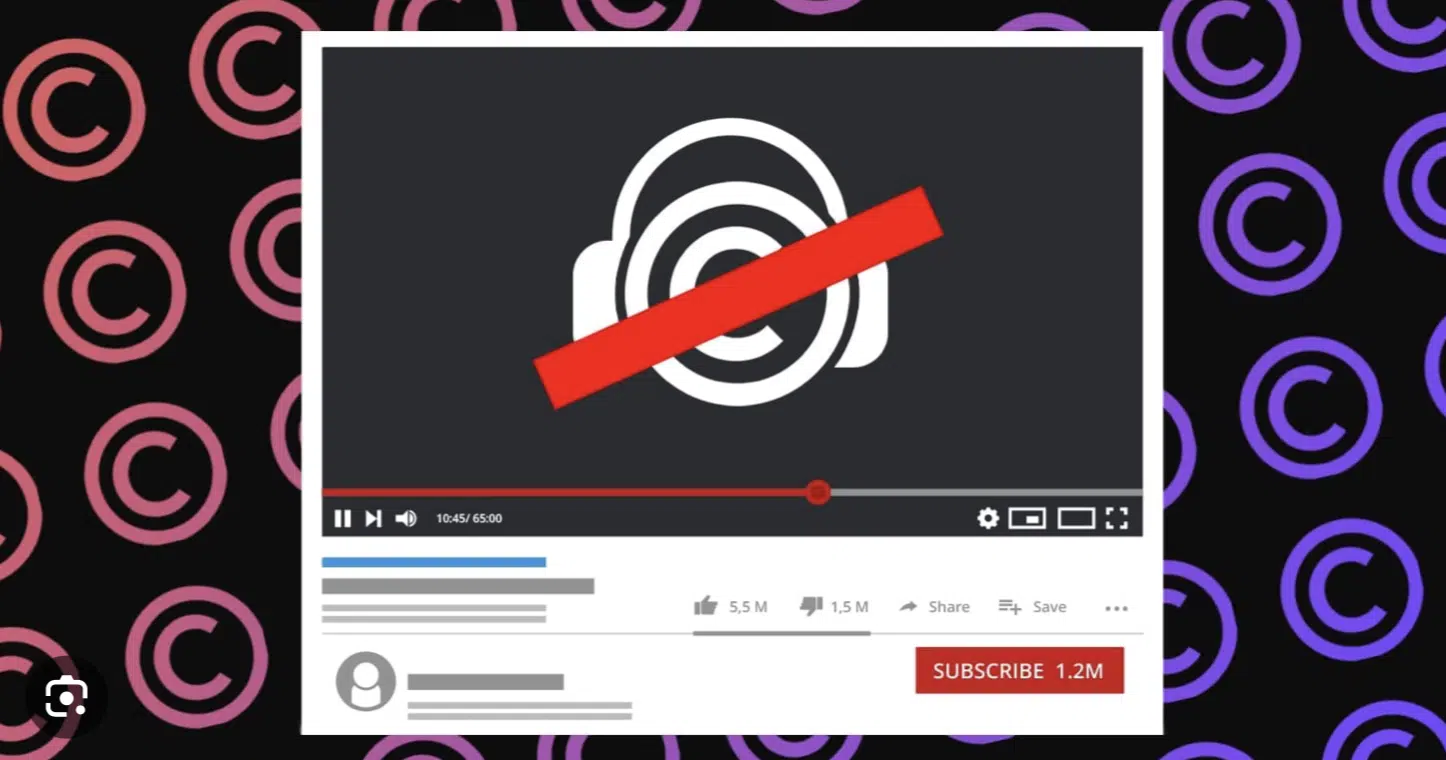
The question “Is sampling music legal” can spark heated debates.
- Some see it as a form of creative expression.
- Others view it as taking another artist’s work without proper attribution.
While there’s a fine line between inspiration and imitation, it’s essential to remember that sampling isn’t about simply lifting a part of someone else’s song and dropping it into yours.
It’s about taking a piece of extraordinary music and transforming it into something new and unique.
That being said, as a music producer, it’s crucial to approach sampled music with respect.
Always strive to do justice to the original sample and use it in a way that respects the artistry of the original work.
-
How to Avoid Legal Issues

So, how can you sample music without running into legal issues?
1. Always aim to get clearance for any copyrighted material you plan to use.
This might involve contacting the copyright owners directly or using a sample clearance service.
2. Use royalty-free sounds or royalty-free music.
These are sounds and music tracks that you can legally use without having to pay royalties or obtain permission from the original creator.
Many websites offer royalty-free samples that you can use in your innovative beats.
3. Be mindful of fair use, a legal doctrine that allows the use of copyrighted material under certain circumstances.
However, fair use can be a grey area, and it’s often determined on a case-by-case basis.
4. When in doubt, it’s best to consult with a legal professional.
Remember, while the legal aspects of sampling music may seem daunting 一 they shouldn’t deter you from exploring this fascinating aspect of music production.
With a bit of diligence and respect for the original artists, like Kendrick Lamar for example, you can navigate the world of music sampling without legal worries.
Starting Your Sampling Journey
Embarking on your sampling journey is an exciting process.
It’s all about gathering the right tools, understanding your workspace, and preparing to bring your musical vision to life.
Let’s start by exploring the equipment you’ll need to sample music efficiently.
-
Equipment Needed to Sample Music
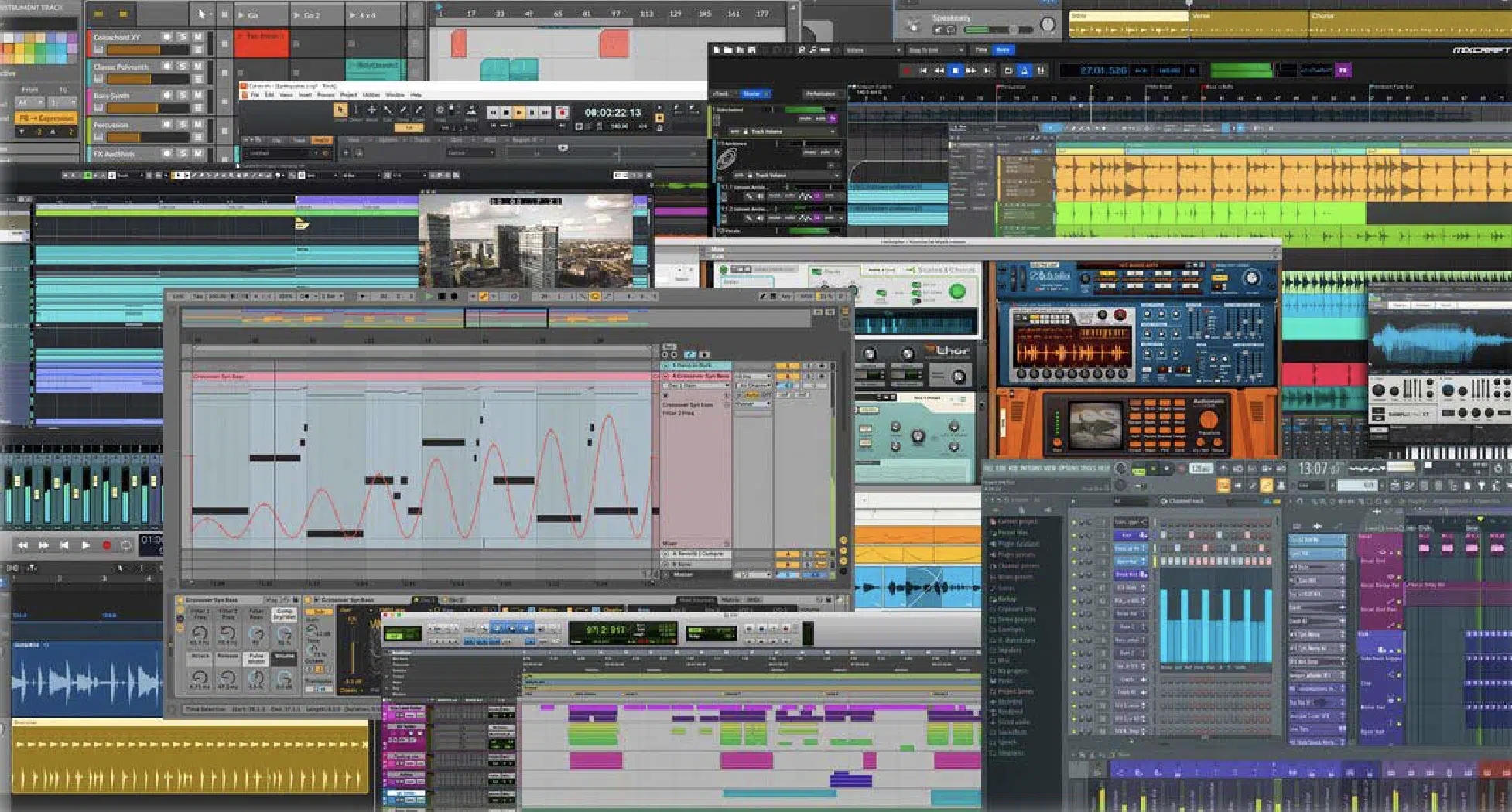
Getting started with sampling music doesn’t require a ton of gear.
In fact, you can start sampling with just a computer and a digital audio workstation (DAW).
A DAW is a software application that allows you to record, edit, and produce audio files.
It’s your main tool for manipulating and tweaking samples.
Popular DAWs include:
These DAWs come with built-in samplers that let you load, play, and tweak your samples.
Each DAW has its unique workflow, so you might want to try out a few to see which one fits your personal style.
While a digital audio workstation is a crucial tool, you might also consider getting a MIDI controller.
This is a device that lets you control your DAW and play your samples in a more tactile way.
It’s not strictly necessary, but it can enhance your music production experience.
Finally, you’ll need a good pair of headphones or studio monitors.
These will allow you to hear your samples in your home studio and your final mix accurately.
The Role of a MIDI Controller in Music Production
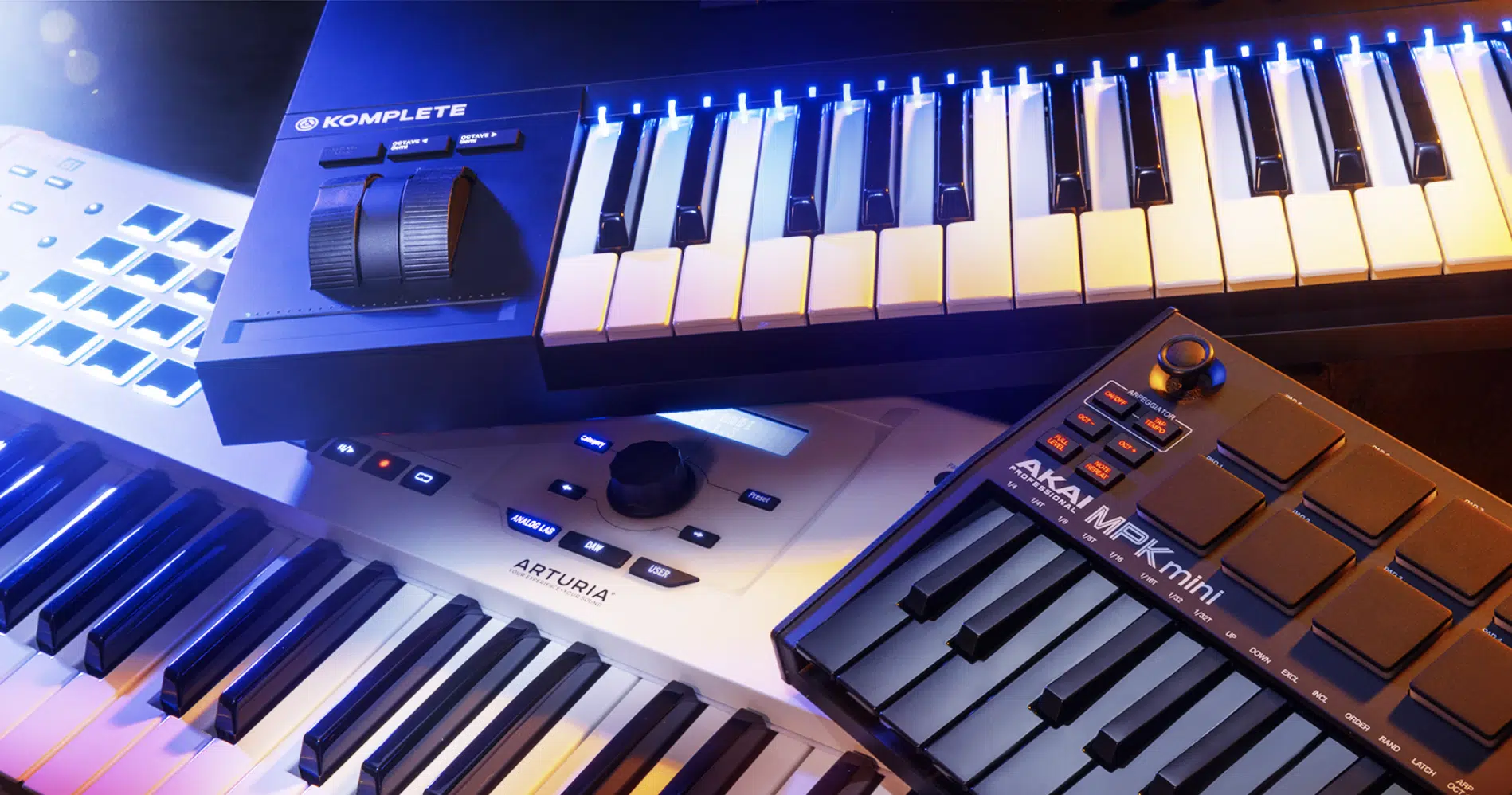
A MIDI controller can be an invaluable tool in your sampling workflow.
While you can do all your sampling work with just a mouse and keyboard, a MIDI controller can provide a more hands-on and musical experience.
A MIDI controller allows you to “play” your samples in a similar way to how you would play a musical instrument.
You can assign samples to different keys or pads on the controller, and then trigger those samples by playing the keys or pads.
This can give you a more intuitive feel for your own sounds, as you can actually manipulate your samples in real-time.
This can be particularly useful when:
- Working with drum samples
- You want to create a melodic sequence with your samples
There’s a wide range of MIDI controllers available 一 from compact and portable mini-keyboards to full-sized keyboards with weighted keys.
There are also pad controllers that are designed specifically for triggering samples.
The best one for you depends on your specific needs and budget.
NOTE: If you want to learn all about MIDI, we’ve got you covered.
The Art of Finding Samples
The art of finding samples is much like a treasure hunt, where your prize is the perfect sound.
Your choice of samples can significantly influence the vibe and quality of your tracks.
So, let’s dive into how you can find sample packs that fit your style and vibe.
-
Importance of Sample Packs & Royalty-Free Sounds
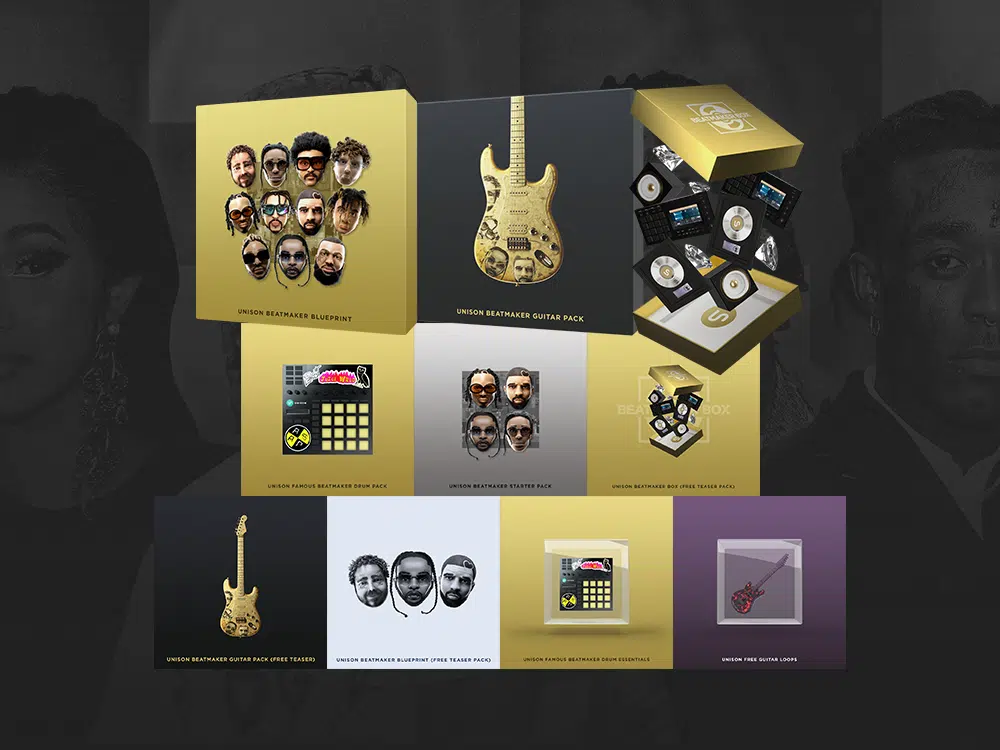
One of the most efficient ways to start sampling is to use sample packs.
These are collections of pre-recorded audio files that you can use in your music.
They can include anything, such as:
- Drum loops
- Synth lines
- Vocal phrases
- Sound effects
- Everything in between
The beauty of sample packs is that they can save you a lot of time.
Instead of having to find and record your own samples, you can simply use the sounds provided in the sample pack in order to create an entirely new song.
This can be particularly helpful when you’re just starting out and still learning the ropes of sampling.
Royalty-free sounds are another valuable resource.
These are sounds that you can use without having to pay royalties to the original creator.
There are many websites and online platforms that offer a vast library of royalty-free samples in various genres and styles.
Using sample packs and royalty-free sounds can also help you avoid legal issues related to copyright infringement.
As long as you comply with the terms of use, you can use these samples freely in your new music.
-
Free Sample Packs vs Paid Ones
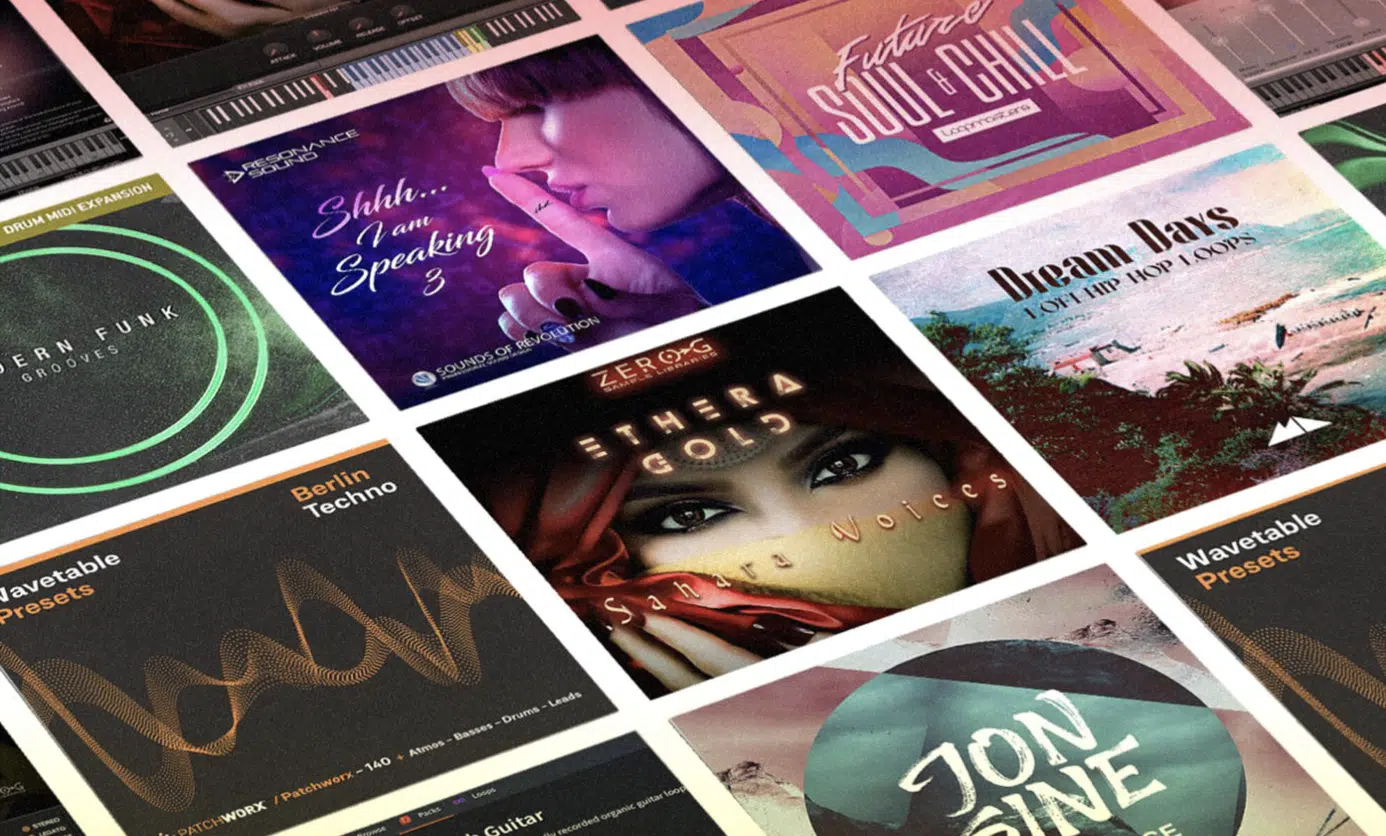
When it comes to sample packs, you’ll find both free and paid options.
Free sample packs can be a great way to start exploring the world of sampling without any financial investment.
There are many online platforms and communities where producers share their sample packs for free.
However, keep in mind that free sample packs can sometimes be of lower quality than paid ones.
Also, they might be used by many other producers, which could make it harder for your music to stand out.
Paid sample packs, on the other hand, often offer higher-quality samples and a broader selection of sounds.
They also tend to be more unique, as they’re not as widely available as free samples.
Whether you opt for free or paid sample packs, always make sure to thoroughly check the terms of use.
Some free sample packs may require attribution, while others might prohibit commercial use.
Always respect the creator’s terms.
NOTE: All of our unique samples are completely royalty- and copyright-free, and literally free, so you’ll never have to worry about any legal issues (or your wallet).
-
Use of Youtube Videos & Vinyl Records to Find Samples
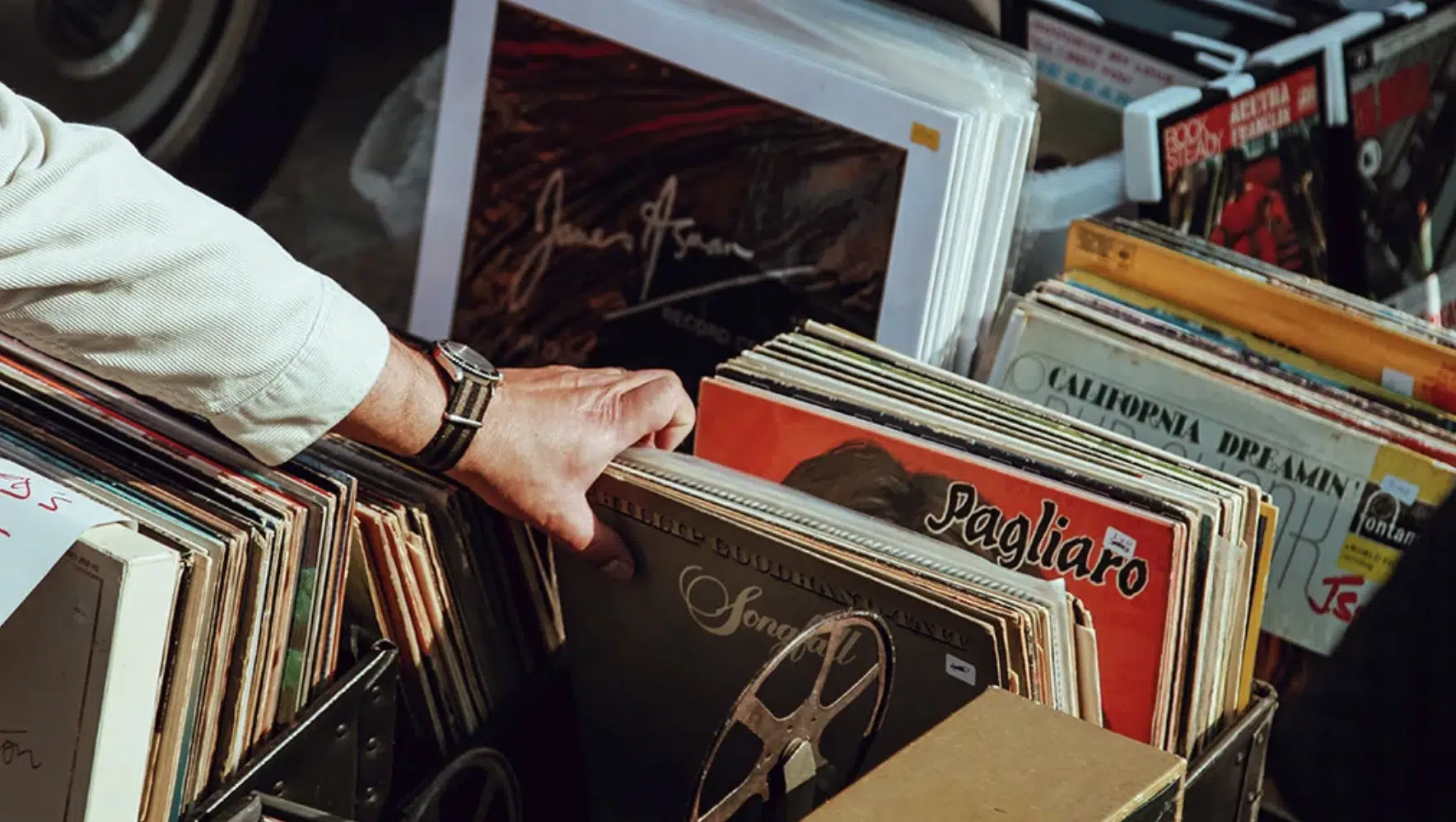
Beyond sample packs, there are countless other sources for finding unique samples.
Youtube, for example, is a treasure trove of potential samples.
From old movie clips and obscure music videos to field recordings and sound effects, the possibilities are endless.
When sampling from Youtube, keep in mind that you should always respect copyright laws.
This means you should either seek permission from the copyright holder or ensure the content you’re sampling falls under fair use.
Vinyl records are another popular source of samples.
Many hip-hop producers prefer to sample from vinyl because of its warm, analog sound.
Digging through crates of old records can also be a fun and rewarding experience in itself.
Whether you’re sampling from Youtube, vinyl, or any other source, always remember to be creative and respectful.
The goal of sampling isn’t to copy but to transform and innovate.
Techniques in Sampling Music
Now that you’ve found your perfect samples, the next step is to understand how to manipulate them effectively.
The techniques you apply in sampling music can transform a simple audio clip into a groundbreaking track.
-
Assigning Samples to Different MIDI Notes
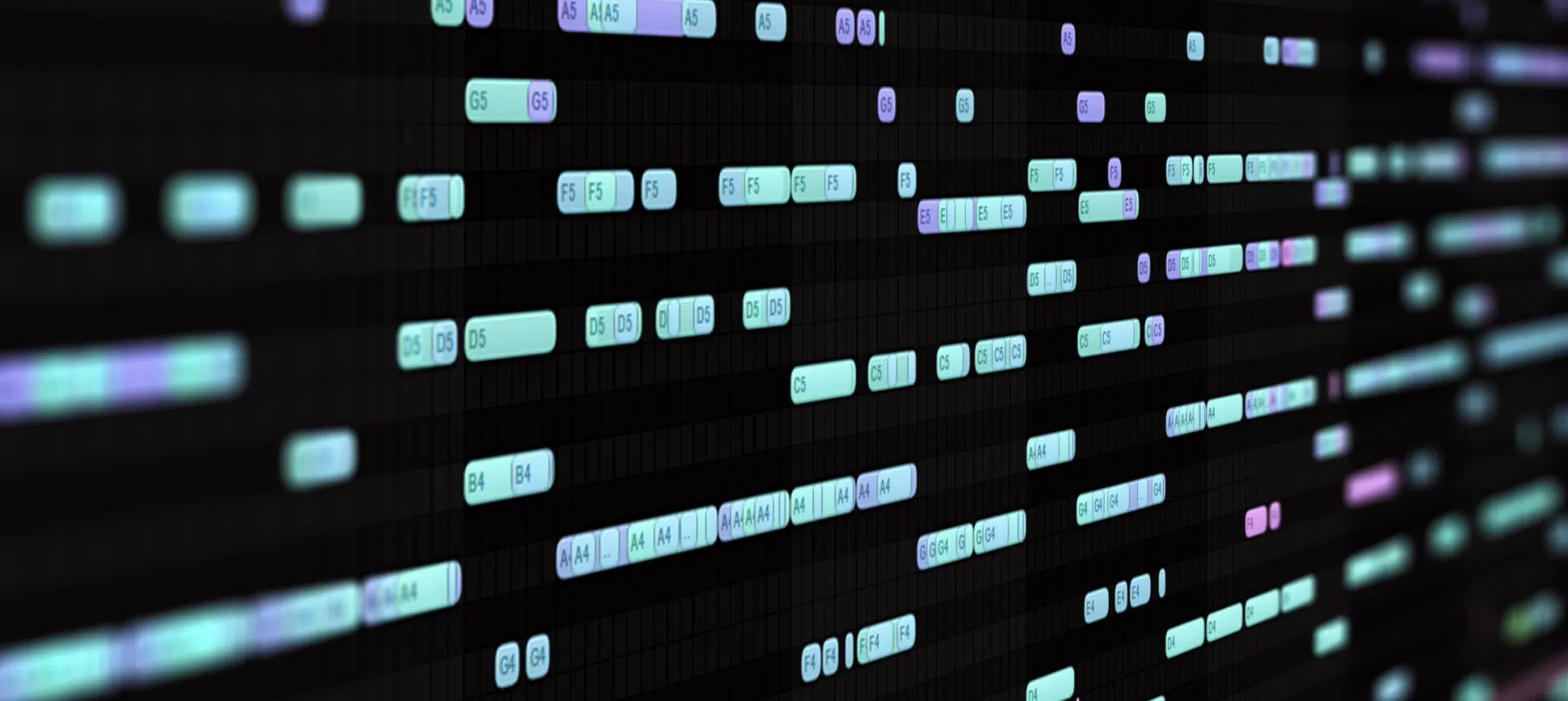
One of the first steps in sampling music is to assign your samples to different MIDI notes.
This allows you to play your samples like a musical instrument using a MIDI controller or the piano roll in your DAW.
Most DAWs come with a built-in sampler that lets you do this.
You simply load your sample into the sampler, and it automatically assigns the sample to a specific note on your MIDI controller or piano roll.
Once your sample is assigned, you can play it at different pitches by playing different notes.
This can be particularly useful when you’re working with melodic samples, as it allows you to create melodies and harmonies with your sample.
-
Manipulating Samples to Create Entirely New Songs
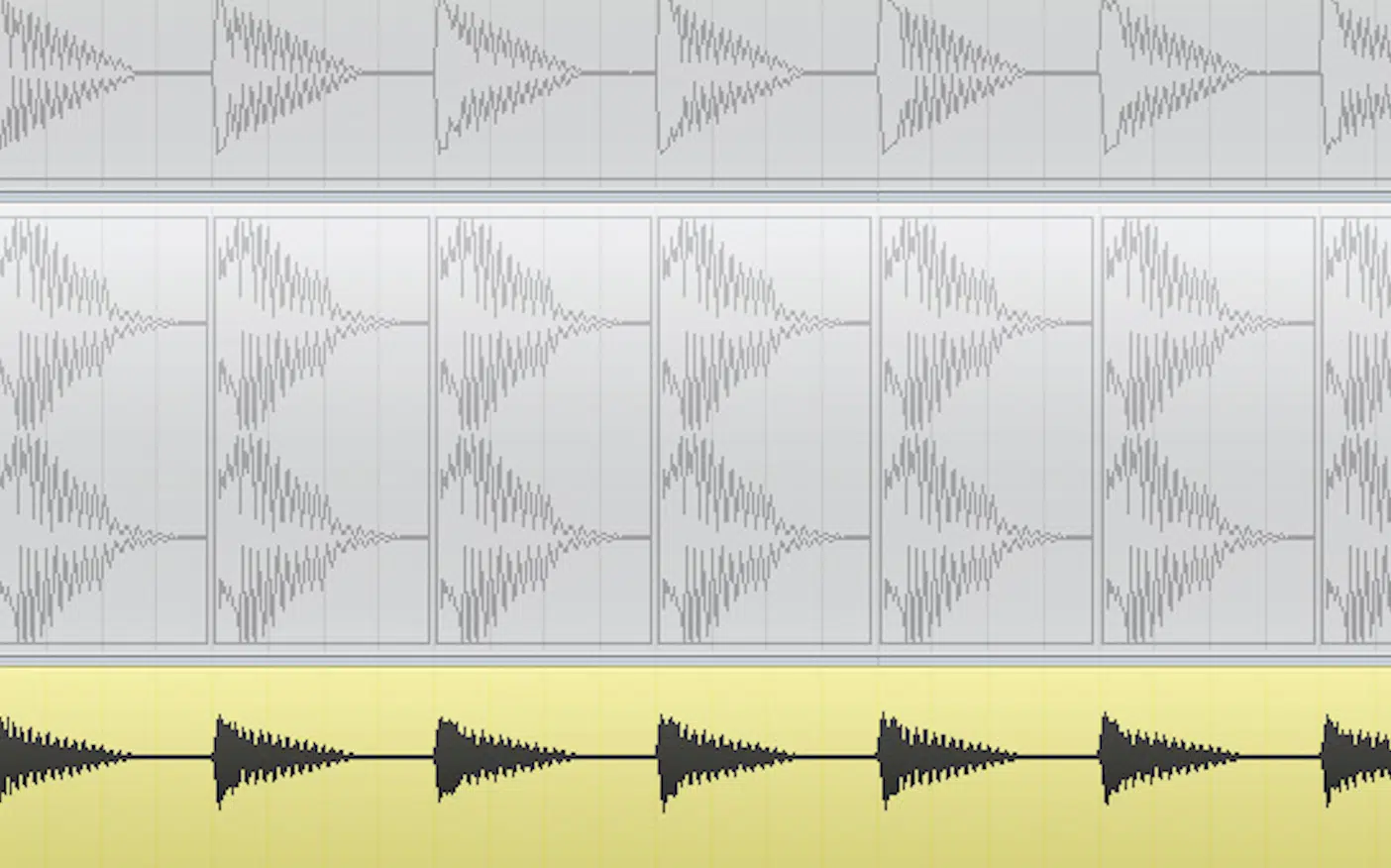
Once you’ve properly assigned your samples to MIDI notes, the real fun begins.
You can start manipulating your samples to create entirely new songs.
This can involve a variety of techniques, from:
- Simply looping a short section of a sample
- Chopping the sample into individual beats or notes
- Rearranging them in a new order
You can also alter the pitch of your sample, apply effects, and layer multiple samples to create complex textures and sounds.
The key to successful sampling is to experiment and be creative.
The same sample can be used in countless different ways, and it’s up to you to find the approach that works best for your music.
-
The Role of Drum Kits & Drum Loops in a Sampled Track
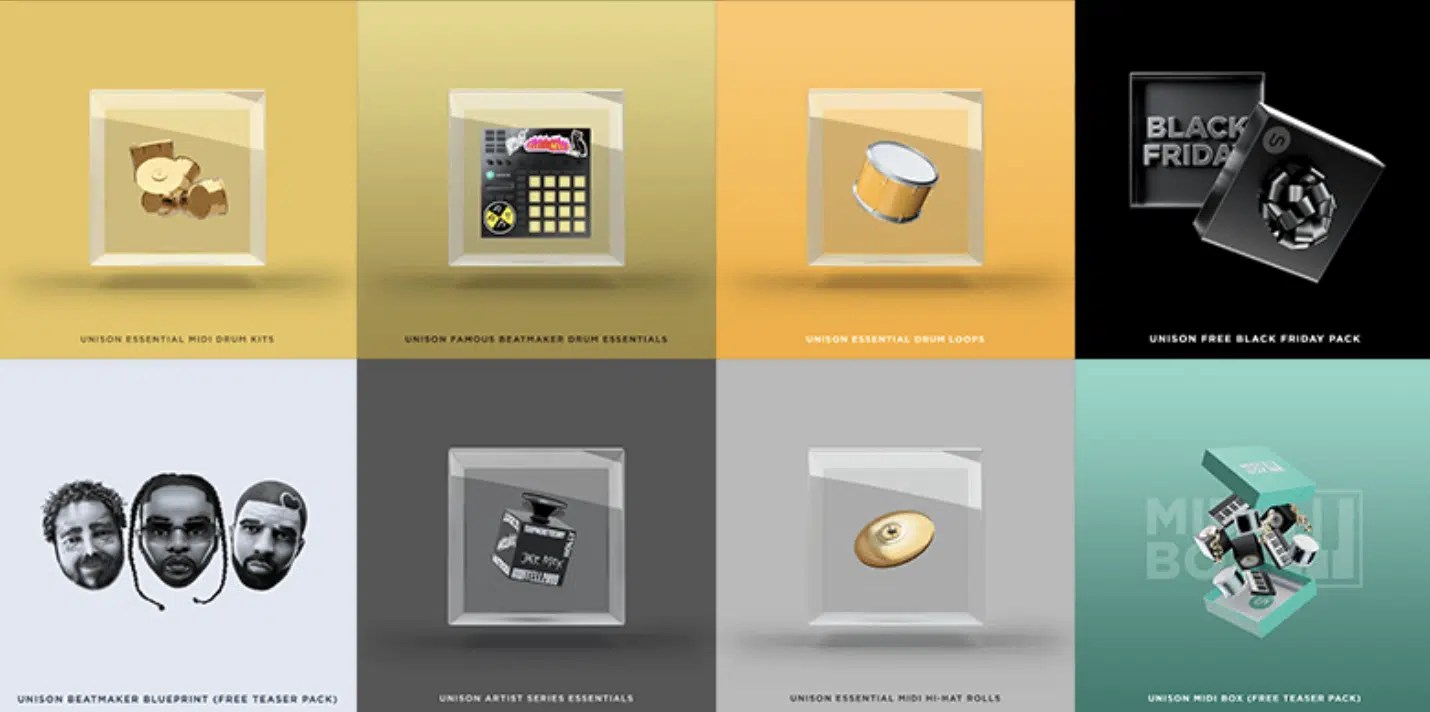
Drum kits and drum loops play a vital role in sampled tracks.
They provide the rhythmic backbone of your song, helping to drive the groove and feel of the music.
When working with drum samples, you’ll often assign each drum sound (like the kick, snare, and hi-hat) to a different MIDI note.
This allows you to sequence your drum patterns using your MIDI controller or the piano roll in your DAW.
Drum loops, on the other hand, are pre-recorded drum patterns that you can drop into your track.
They can be a quick and easy way to add a beat to your song, though they offer less flexibility than sequencing your own drum patterns.
Whether you’re using drum kits or drum loops, always make sure that your drums work well with your other samples.
A well-chosen drum sample can elevate a sampled track to new heights.
How to Sample a Song: A Step-by-Step Guide
Now, let’s break down the process of sampling a song, step by step.
These guidelines will offer a comprehensive understanding of how to go from finding a sample to integrating it into your track seamlessly.
-
Choosing the Song & Section to Sample
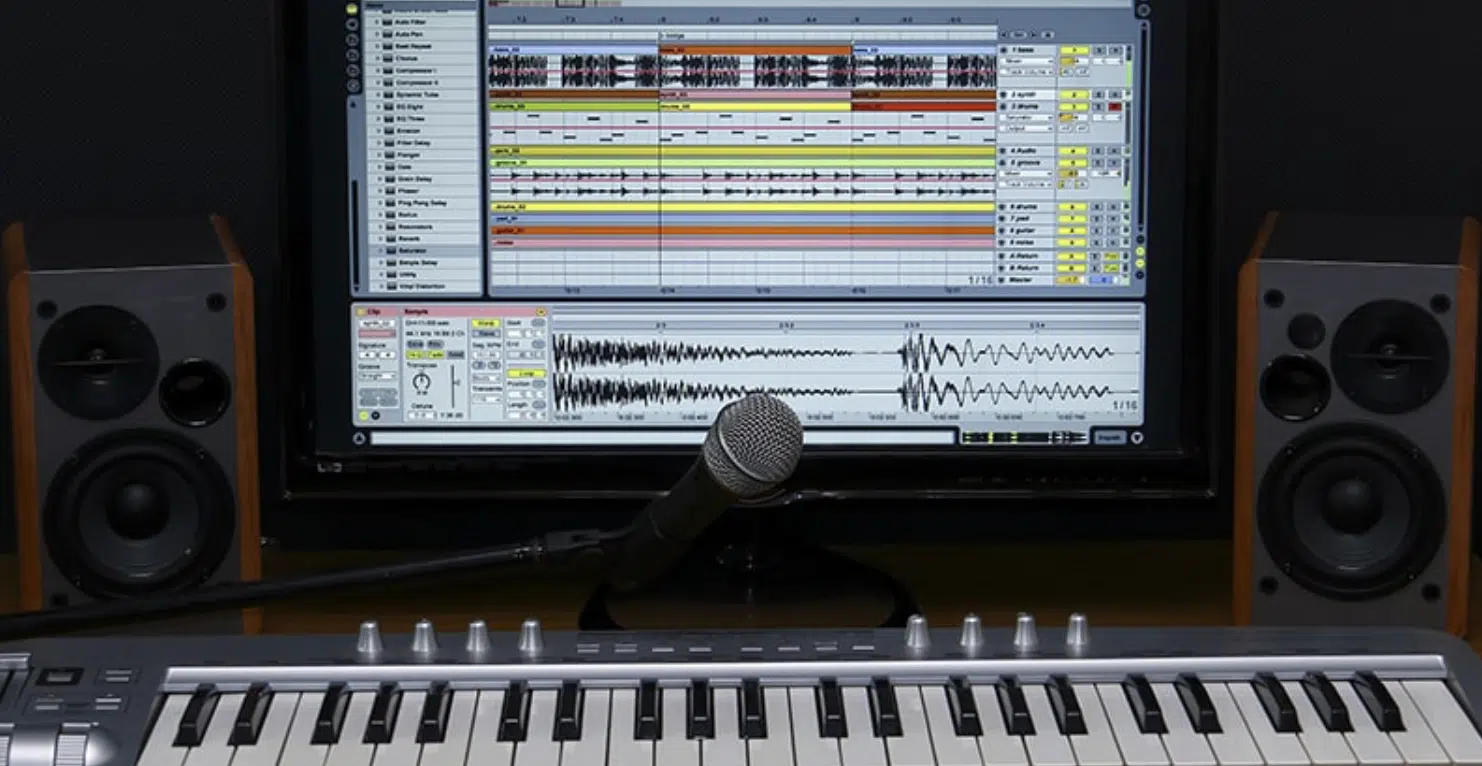
The first step in sampling a song is choosing the song you want to sample.
This could be anything from an old soul record to a contemporary pop song 一 depending on your musical tastes and the style of music you’re creating.
When choosing a song to sample, it’s important to listen carefully for parts that could work well in your own music.
This might be a catchy melodic phrase, a compelling drum beat, or a unique sound effect.
Once you’ve chosen your song, you need to decide which part to sample.
This can be a challenging process, as it involves:
- Carefully listening to the song.
- Identifying the sections that have the potential to become a hook or foundation of your own track.
Remember, when choosing a song to sample, it’s essential to be mindful of copyright issues.
Always ensure that you have the rights to use the sample or that the sample falls under fair use.
-
How to Load the Sample into Your DAW
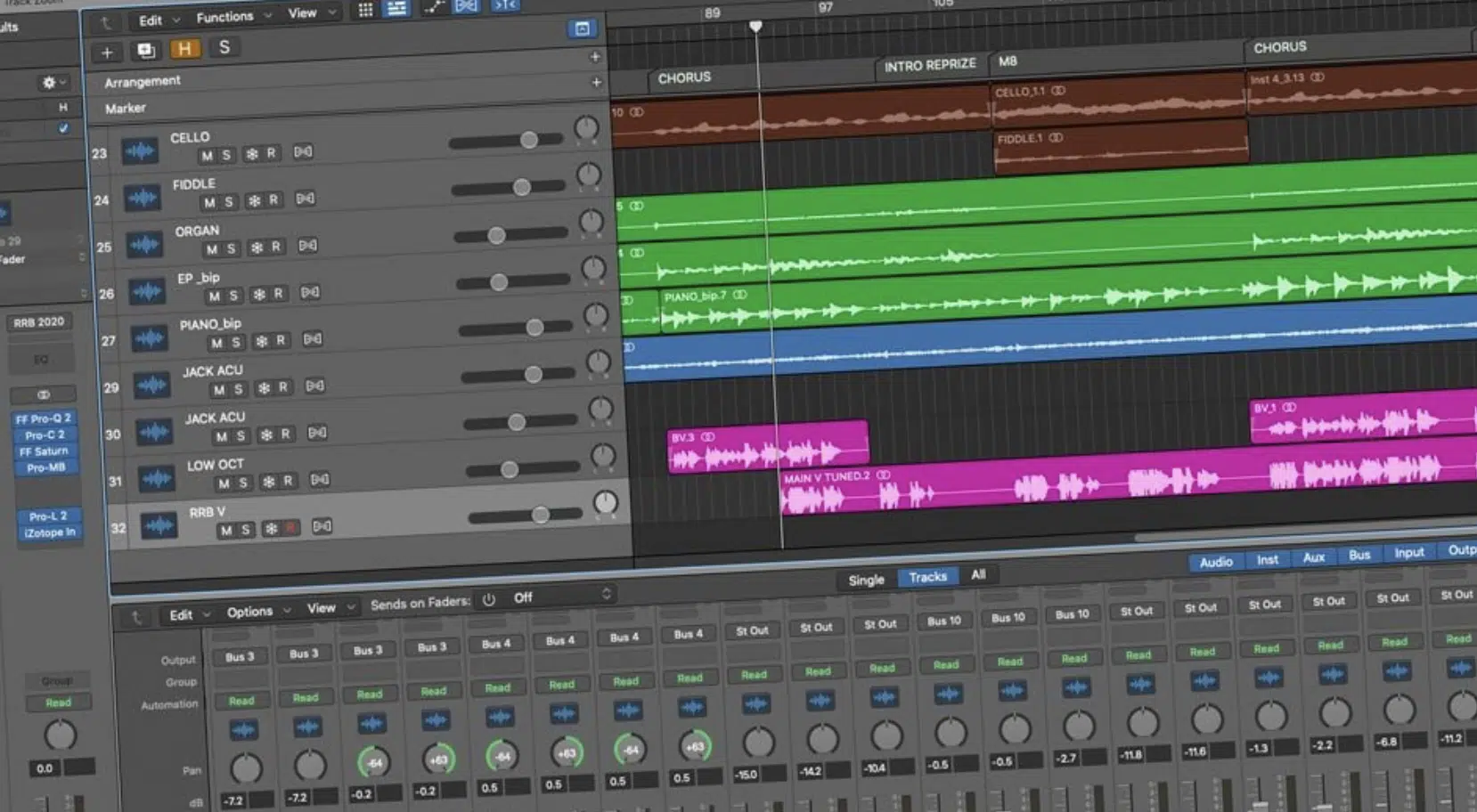
After selecting your song and identifying the part you want to sample, the next step is to load the sample into your DAW.
This usually involves:
- Importing the audio file into your project
- Dragging it into your DAW’s sampler
Once your sample is in the sampler, you’ll likely need to set the start and end points for the part of the audio you want to sample.
This involves zooming in on the waveform and adjusting the start and end markers to capture the exact segment you want.
Most DAWs have a built-in sampler that allows you to manipulate the sample in various ways.
For instance, you can change its pitch, alter the duration, loop it, and even add super intriguing and ear-catching effects.
Understanding how to use your DAW’s sampler effectively is crucial for sampling music.
It gives you the freedom to shape and mold your samples into something truly unique and memorable.
-
How to Tweak & Manipulate Your Samples
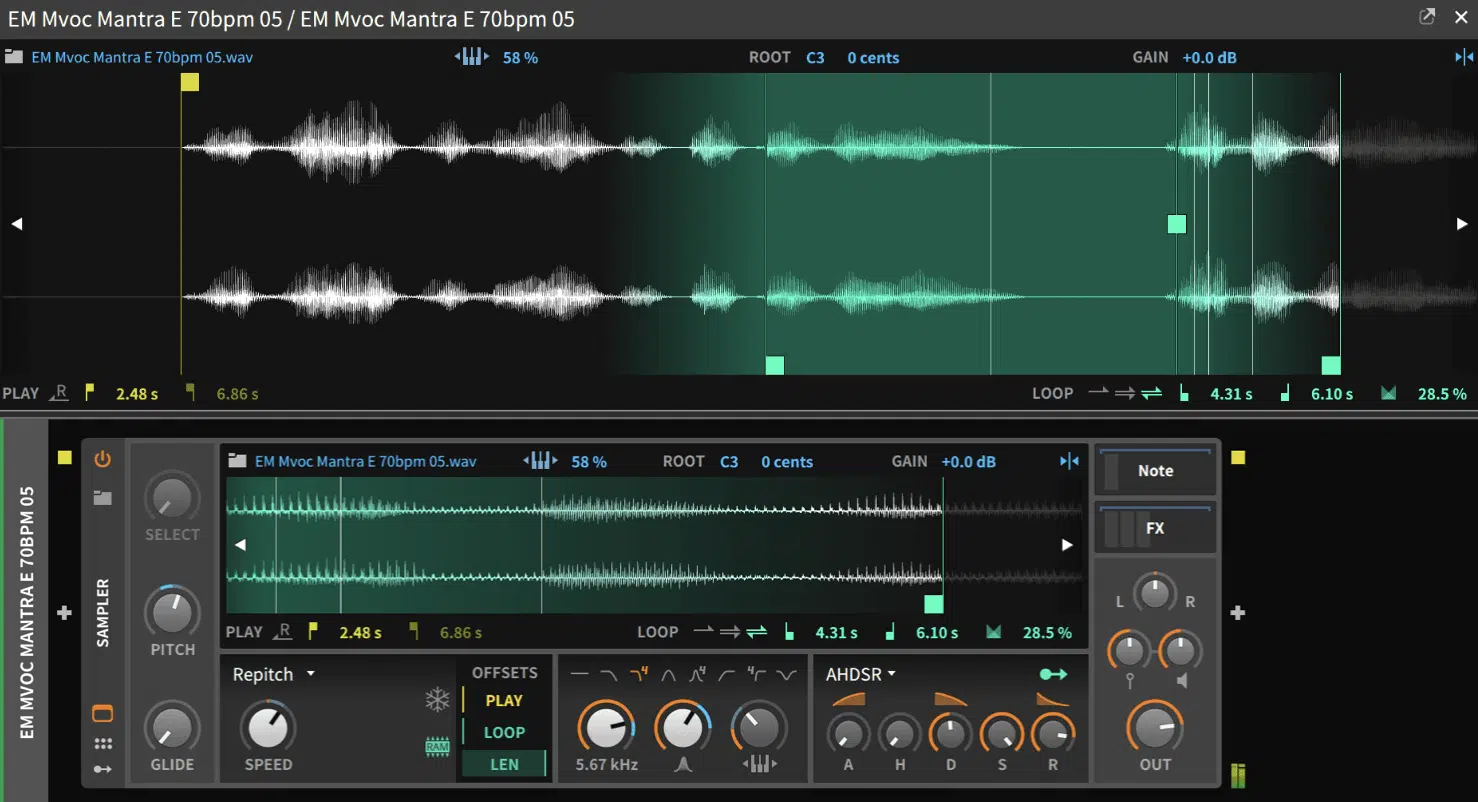
Once you’ve loaded your sample into your DAW, the real creative work begins.
Now it’s time to start tweaking and manipulating the sample to make it fit with your song.
There are countless ways you can manipulate a sample.
You might:
You might also layer it with other sounds or samples to create a richer sonic texture.
One popular technique is to use a high-pass or low-pass filter to remove certain frequencies from the sample.
This can help to create a more “vintage” sound or make the sample fit better in your mix.
Ultimately, the goal is to transform the sample in a way that serves your musical vision.
This requires a good ear, creativity, and a deep understanding of your DAW and its associated tools.
-
How Hip-Hop Artists Sample Songs to Create Hit Tracks
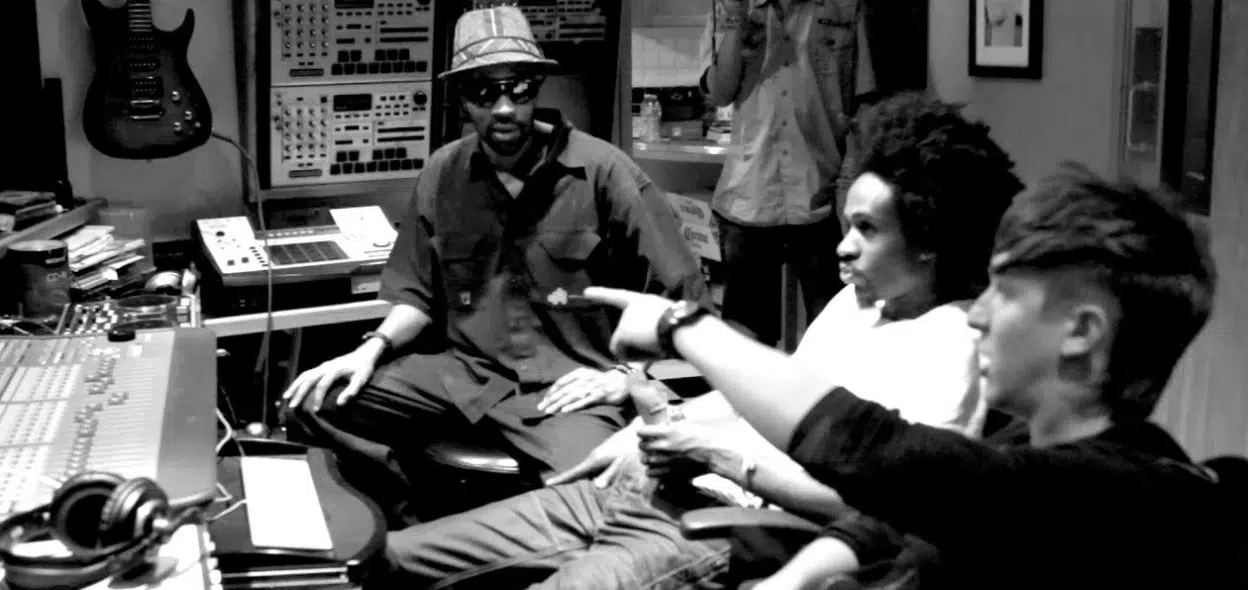
Sampling has long been a cornerstone of hip-hop music.
From the genre’s early days, hip-hop producers have been using samples to create innovative beats and memorable hooks.
For example, Wu-Tang Clan’s producer RZA is known for his raw, gritty sampling style.
He often samples old soul and funk records, manipulating them to create his signature dark, lo-fi sound.
Dr. Dre is another hip-hop producer known for his masterful use of samples.
He often samples from 70s funk records, adding his own drums and synthesizers to create a smoother, more polished sound.
These examples show that sampling can be an effective way to create distinctive, catchy music.
It also demonstrates how different producers can use samples in different ways 一 resulting in a wide variety of sounds and styles within the same genre.
-
Analyzing Sampled Tracks in Pop & House Music

Sampling is not just confined to hip-hop and electronic music; it’s also prevalent in pop and house music.
By analyzing sampled tracks in these genres, we can get a better understanding of how sampling can be used to create hit songs.
In pop music, sampling can be used to add a familiar touch to a song.
For example, Rihanna’s “Don’t Stop The Music” samples Michael Jackson’s “Wanna Be Startin’ Somethin'”, giving the song a nostalgic feel.
In house music, sampling is often used to create a catchy hook or build up the energy of a track.
For instance, Daft Punk’s “One More Time” samples Eddie Johns’ “More Spell on You”, transforming the original saxophone riff into a euphoric dance anthem.
By analyzing these examples, we can see that sampling can be a powerful tool in any genre.
One that is capable of evoking a range of emotions and responses from the listener.
Troubleshooting Common Sampling Problems
Even the most experienced music producers can encounter issues during the sampling process.
Being able to troubleshoot common problems can save you time and frustration.
Let’s start by tackling some common issues that might occur with the audio file.
-
Issues with the Audio File
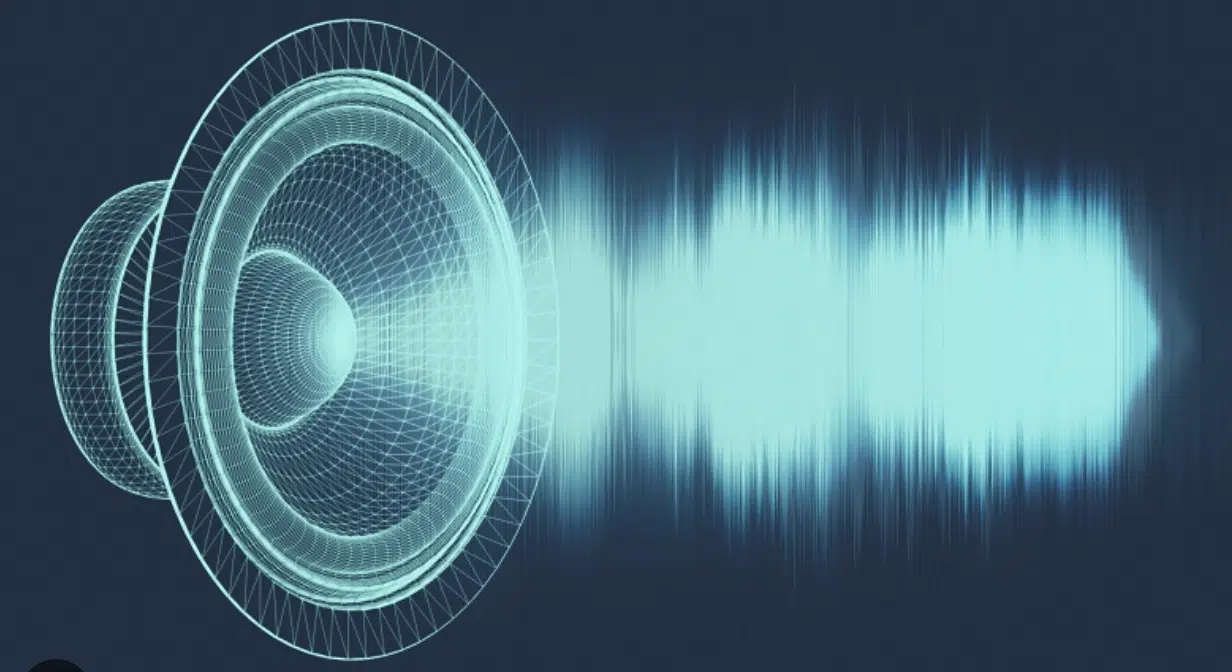
One common problem you might encounter when sampling is issues with the audio file.
This could be anything from a low-quality recording to a sample that’s out of tune or out of time with your track.
If the audio quality is poor, there might not be much you can do to fix it.
However, you can use effects like equalization or noise reduction to try to clean up the sound as much as possible.
If the sample is out of tune, you can use your DAW’s pitch-shifting tool to adjust the pitch of the sample.
If it’s out of time, you can use time-stretching or beat-matching features to align the sample with your track’s tempo.
Remember, while it can be frustrating to deal with these issues, they can also be opportunities to learn more about your DAW and improve your sampling skills.
-
Mixing & Matching Samples from Different Songs
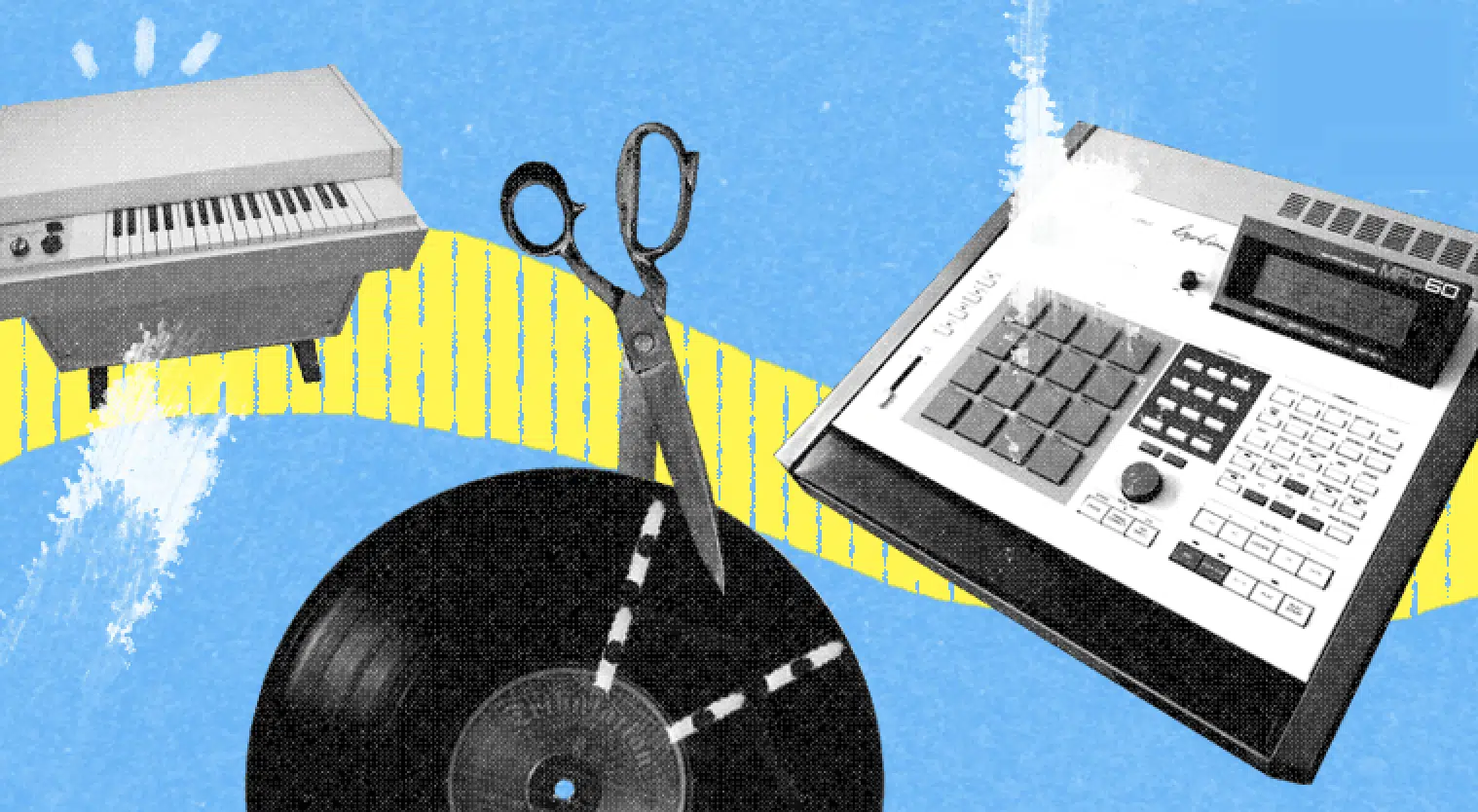
Another common challenge is mixing and matching samples from different songs.
This can be tricky, as different recordings may have different tonal qualities, levels of compression, and so on.
To make different samples work together, you might need to use EQ to balance their frequencies, or compression to ensure they have a similar dynamic range.
You might also need to adjust the volume levels of the samples to make sure they blend together seamlessly.
Furthermore, it’s crucial to ensure that the samples are in the same key or are harmonically compatible.
If they aren’t, they might clash and create a discordant sound.
This is where your music theory knowledge comes into play 一 helping you identify and adjust the key of your samples.
In some cases, it might not be possible to make different samples work together.
If this happens, don’t be discouraged…
Sometimes, the best solution is simply to try different samples until you find ones that fit together naturally.
-
Creating a Cohesive Track with Your Samples
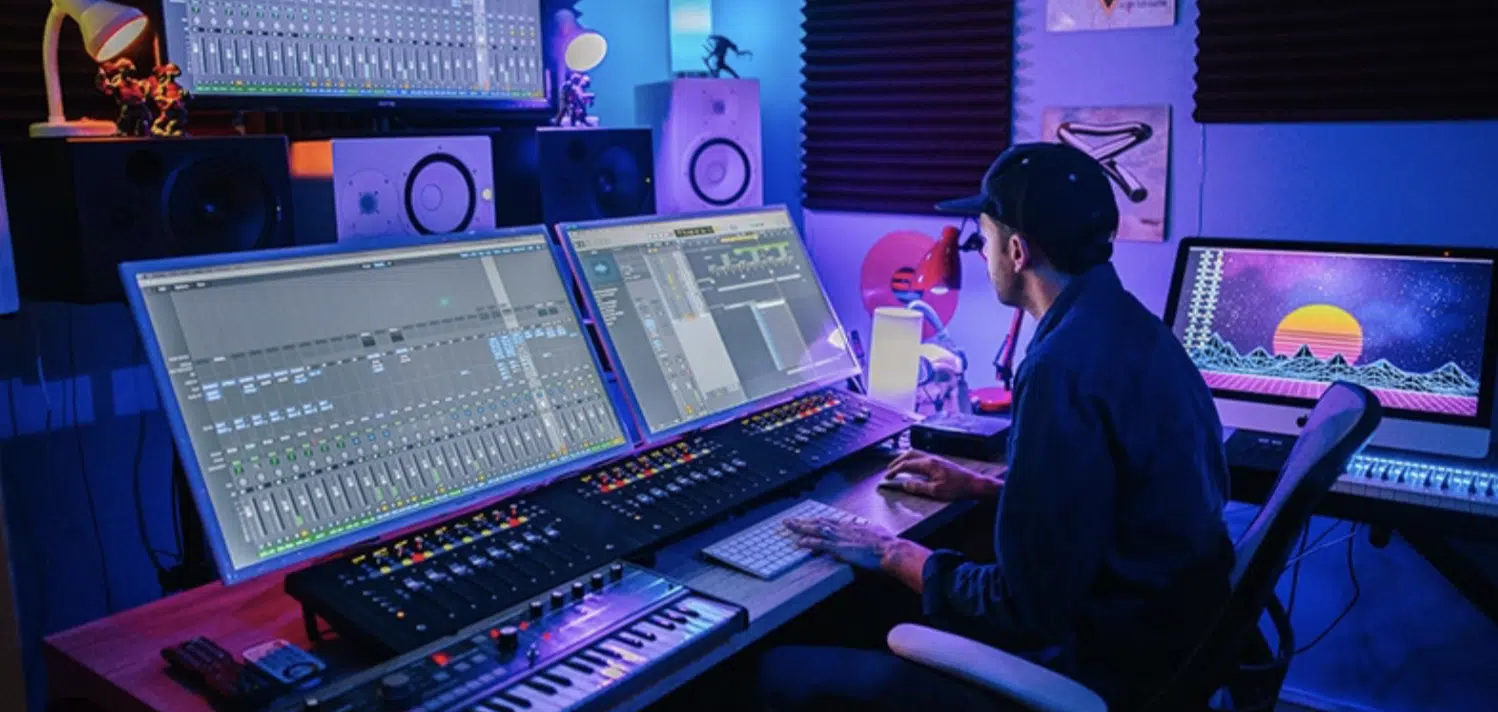
Creating a cohesive track with your samples can also be a challenge.
When you’re working with samples, it can be easy to end up with a song that feels disjointed or lacks a clear structure.
One solution is to think about your song in terms of different sections and assign different samples to each section, such as:
- Verses
- Choruses
- Bridges
- Hooks
- Build ups
This can help to create a sense of progression and variety in your track.
Another approach is to use effects and transitions to smoothly transition between different samples.
It could be something as simple as a fade in or out, or a more complex effect like a filter sweep or a reverse reverb.
Finally, remember that less can often be more when it comes to sampling.
Rather than trying to cram as many different samples as possible into your track, focus on choosing a few key samples that work well together and build your track around them.
This can often result in a more cohesive and engaging song.
BONUS: Advanced Methods of Sampling Music
In this bonus section, we will explore some advanced sampling techniques that seasoned professionals can benefit from.
These methods will help you take your sampling game to the next level, providing even more depth and complexity to your tracks.
1. Granular Sampling
Granular sampling involves taking tiny snippets, or ‘grains,’ of a sample and:
- Rearranging them
- Stretching them
- Processing them
This is done to create exciting new sounds.
This method allows for extensive manipulation and can result in some truly unique and otherworldly effects.
Experiment with different grain sizes and densities to create anything from a subtle flutter to a sweeping, orchestral-like texture.
While this technique may be a bit more challenging to master, it is well worth the effort for the creative possibilities it provides.
2. Multi-Sampling
Multi-sampling is another advanced technique, particularly useful for recreating realistic instrumental sounds.
This process involves sampling multiple instances of a sound at different pitches and dynamics.
Then, mapping them across your MIDI controller.
For example, instead of using a single piano sound stretched across all keys, you could use different recordings for each key.
This makes for a more realistic emulation of an acoustic instrument and adds depth and authenticity to your track.
3. Velocity Layering
Velocity layering is a technique that uses different samples or sound variations depending on how hard a note is played on your MIDI controller.
This method is excellent for giving your samples a dynamic and responsive feel.
For instance, a drum hit might sound different when played softly versus when it’s played hard.
By assigning different drum hits to different velocities, you can make your sampled drums feel more realistic and dynamic.
How to Sample a Song: Final Thoughts
Whether you’re just starting your journey in music production or you’re a seasoned producer looking to hone your sampling skills, this guide can help you through the entire process.
Sampling music is not just about the techniques, but it’s also about having the right resources.
Speaking of resources, I highly recommend these insanely fire, and completely free MIDI drum kits.
These kits offer five complete MIDI drum kits 一 providing an excellent starting point for creating compelling beats and grooves to complement your samples.
So, whether you’re creating a hip hop banger or an electronic masterpiece, always remember that the art of sampling music is all about your unique take of the sounds.
With practice, patience, and creativity, you’ll soon be creating your own signature sound that resonates with listeners and stands out in the music industry.
Remember, every professional producer once started where you are right now.
So get out there, start sampling, and above all, enjoy the process.
Until next time…







Leave a Reply
You must belogged in to post a comment.